
Eve Online | Cosmos Amarr Material Farming
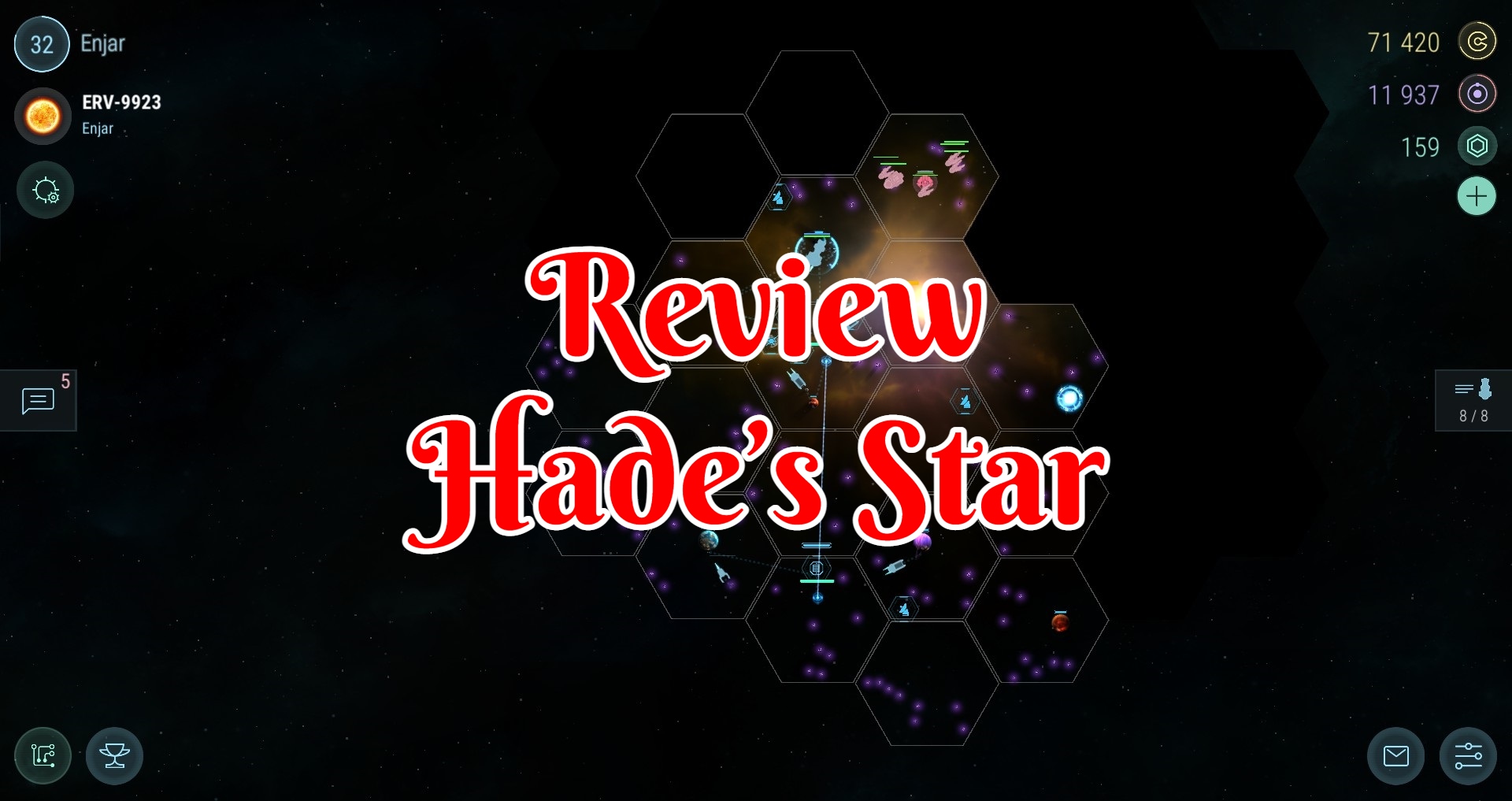
While this game does have online elements your home star itself is left alone and you don’t have to worry about getting raided or looted by higher level players. I never even got involved in any pvp as I just did not care much for that part of the game. The only interactions I had with others were the random players if any that joined in on PvE red star runs.
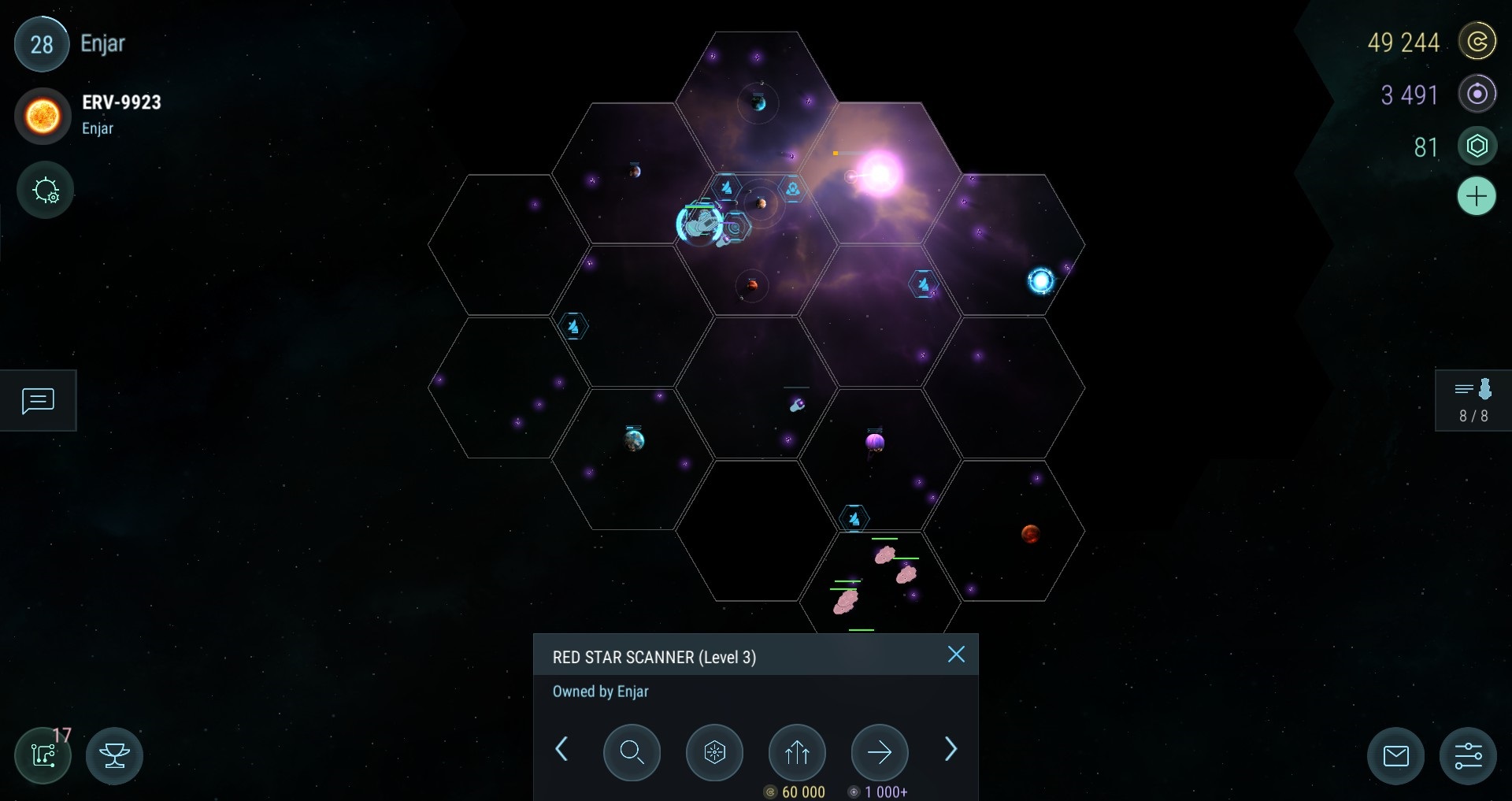
Your home system is gridded in octagon sectors that can hold an array of different things. They could contain a plant which is quite a desired result. They could also be fully empty for a place to build something on or just a wide-open octagon with a large amount of hydrogen to mine on for gas. You could even run into a PvE enemy base that you have to clear out.
To be able to expand out your home system you need to build short-range scanners that can only scan undiscovered octagon sectors that are next to the octagon it is on. These can take a considerable amount of time to build. In my case, it was 24 hours. While you could speed them up with purchased crystals that seems like a waste. The more you build of these the higher the cost.
The game also has quite a predictable pattern when trying to determine what kind of chance you have at discovering a planet. To the point that longer-term players find replayability in attempting to create for themselves a better system setup. While I was tempting to do that myself I feel I put more than enough time into my first playthrough that I’m good on the entrainment of playing this Hade’s Star.
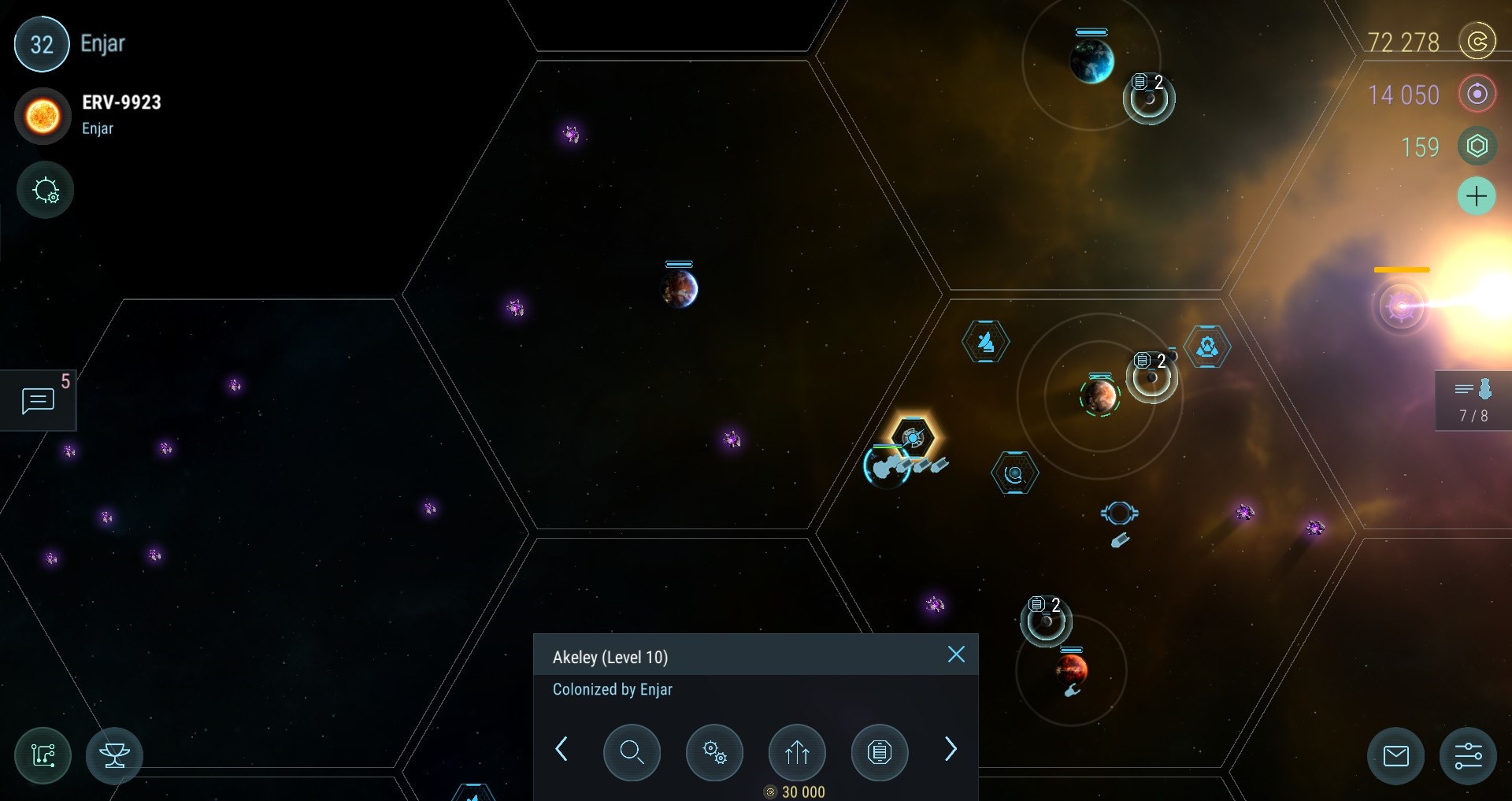
This is quite important as planets produce shipments that you can pick up with transporters. These shipments could have an end destination on any planet you have. The further you have to travel the more hydrogen the transporter burn. Once these shipments reach their destination you get credits as a reward that are used in buying ships, upgrades, research, and structures.
Each planet generates resources and can be upgraded to further increase yields along with your storage capacity. While they do have a fixed shipment per hour that they generate upgrading them gives you a higher credit yield. They however do require you to log into the game at least twice a day to ensure planets do not fill up and stop producing.
Placement is quite a big factor in this game. You have to plan out your next move and think about it for a little while. You have structures you can construct such as a red star scanner to things like warp lane hubs among. To move ships to and from planets burns hydrogen and the last thing you want to do is log in twice a day and not have enough hydrogen to do one of your runs and have planets become idle.
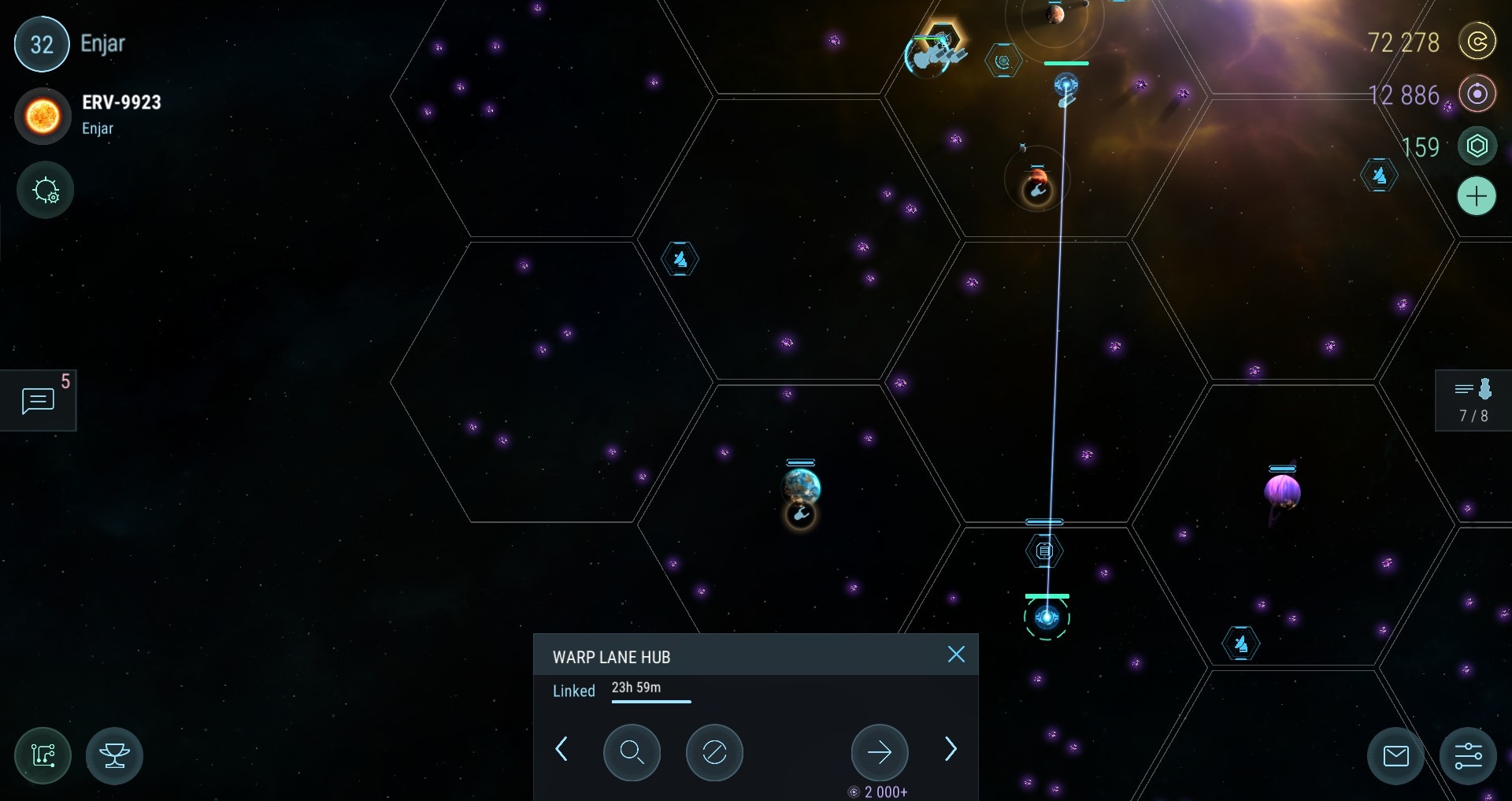
I had about two-thirds of my yellow star scanned before I stopped playing the game. I got unlucky on a few scans and ended up with planets being further away from clusters I was trying to build out. This was not a total loss as the game allows you to build a limited number of Trading stations as well which require the sector to be empty.
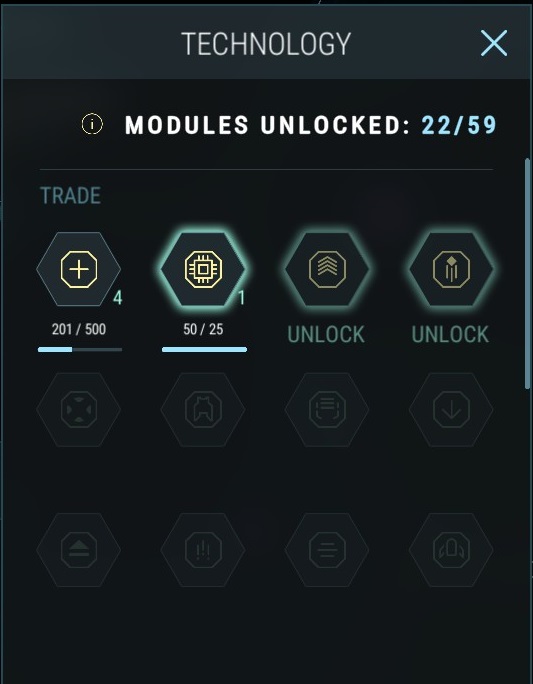
The blueprint research itself is quite a time-consuming ordeal. You acquire parts of technology from gathering artifacts. These artifacts yield credits, hydrogen, and blueprints for different kinds of modules depending on the type of artifact it is. At the lower levels, these take 12 hours or a day to research before you can collect them. They are found from farming red stars. The higher level the research the more blueprints it takes.
One of the more interesting things about researching new modules for your ships is the heavy impact it has on hydrogen travel costs. I was able to upgrade my base transporter from having 2 cargo slots to 7 including some upgrades at the shipyard. That however increases the hydrogen usage for traveling by a few times over. Being able to have efficient routes is quite key.
With 59 modules to unlock and upgrade this game will keep you quite busy for a long time working towards something new and more powerful to aid you in harder star missions or be more effective at gathering in your home system.
At the state of the game, I was at I enjoyed having the passive shield technology unlocked for my battleships. It made it quite easy when I came into combat to not worry about taking damage as much and they also recharge when you are out and about which is quite important as it can cost a lot to come back home to repair hull damage.
These are quite a lot of different technology from mining to trading and even combat to feel like you are having decent progress in this game. Some things are not explained so well in the description leaving you a bit puzzled at how they work such as a shipment computer. While other stuff you realize you rather not use it over something else depending on the kind of playstyle you have.
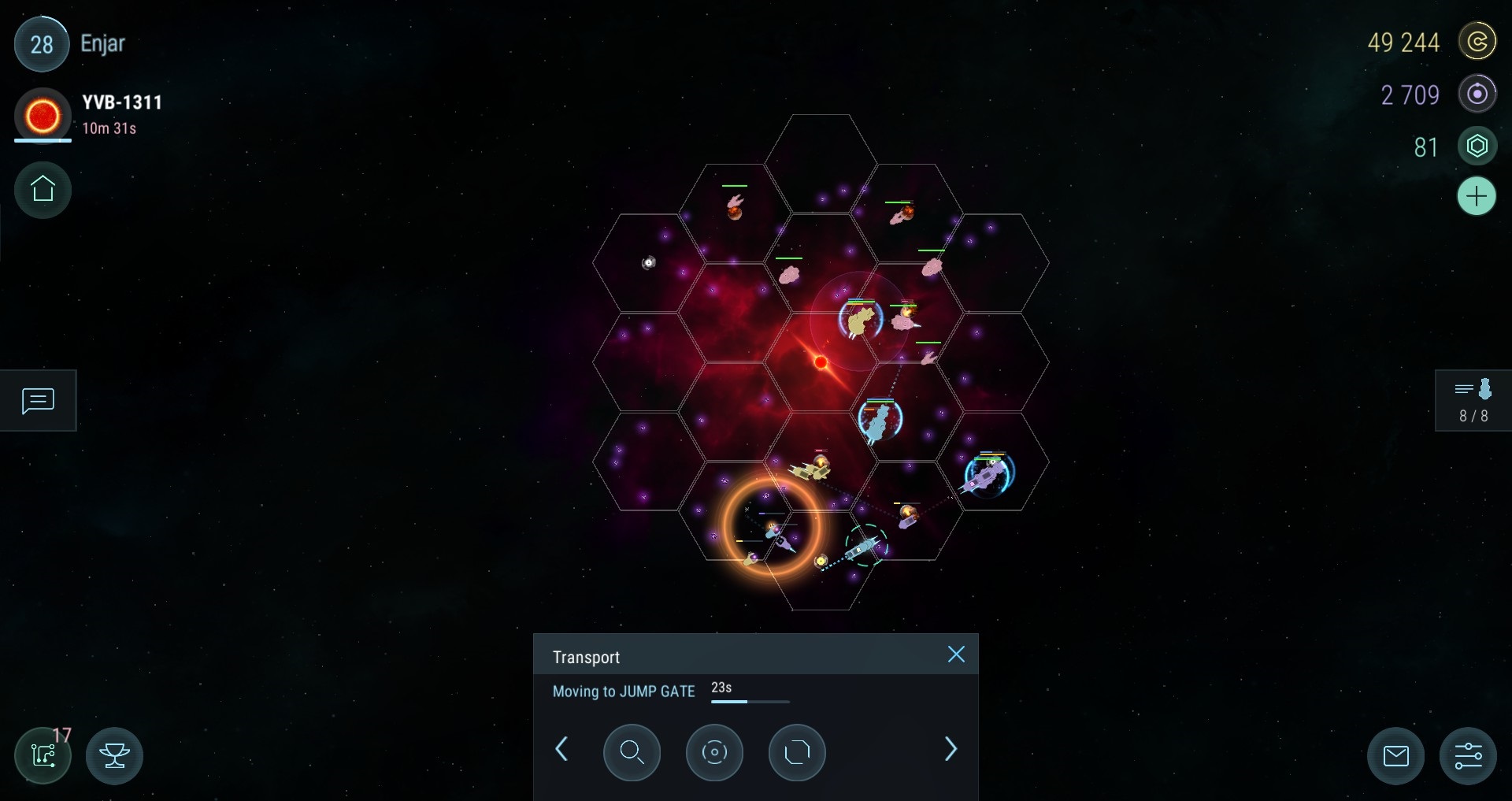
The most important thing I found was making sure I had enough hydrogen saved up to even run a red star. You have a huge gas cost to jump into and out of these stars in the first place. You also depend on the size of the region can have a huge amount of distance to travel in them.
The really fun part about red stars is if you rush that is going to cost you a lot of ships and some hard lessons. You need to pay attention, learn how the AI responds to your movement; along with, how much your battleships can take on at one time. Not to mention keeping non-combat ships you bring in out of danger.
I’ll admit at least twice I was not thinking too much about my current situation and went to send my transporter ships to a planet to collect. While I had the planet cleared out of enemies the path the transporters went on crisscrossed with sectors that were not cleared and they went down like popcorn popping in the microwave.
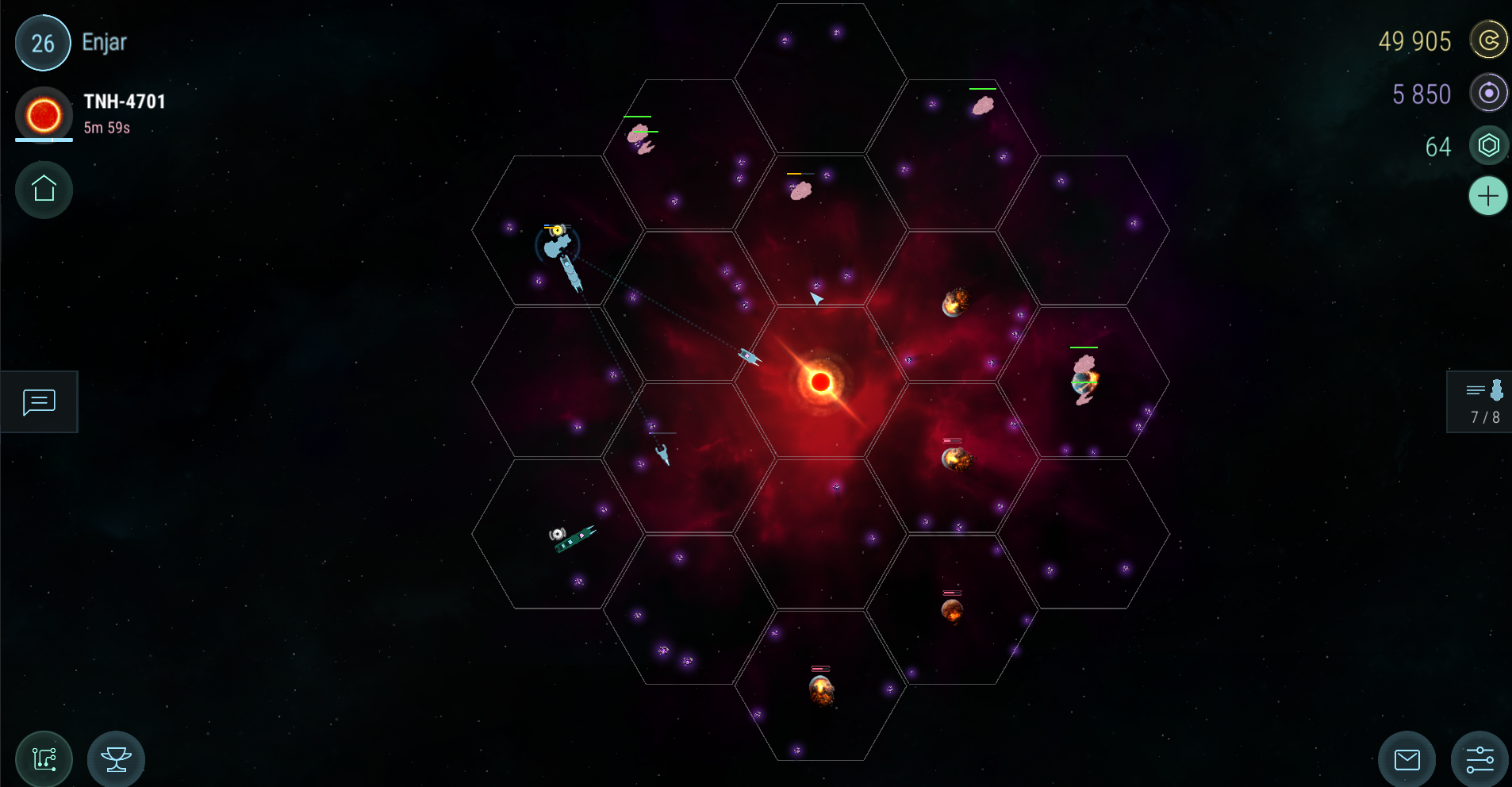
Within these red stars, you cannot attach another player. You also have your shipments at all the planets spawned individually. As such, there is no need to worry about higher level players stealing all the goods. This also means you can’t stop the leeches from collecting their loot either.
What makes these stars interesting is there is a time limit to clear, gather, and get out. Anything left behind goes boom. While the game does have a module you can install on the ship to recover it on what would result in a loss. You lose any cargo and it can’t return to further assist in currently opened star.
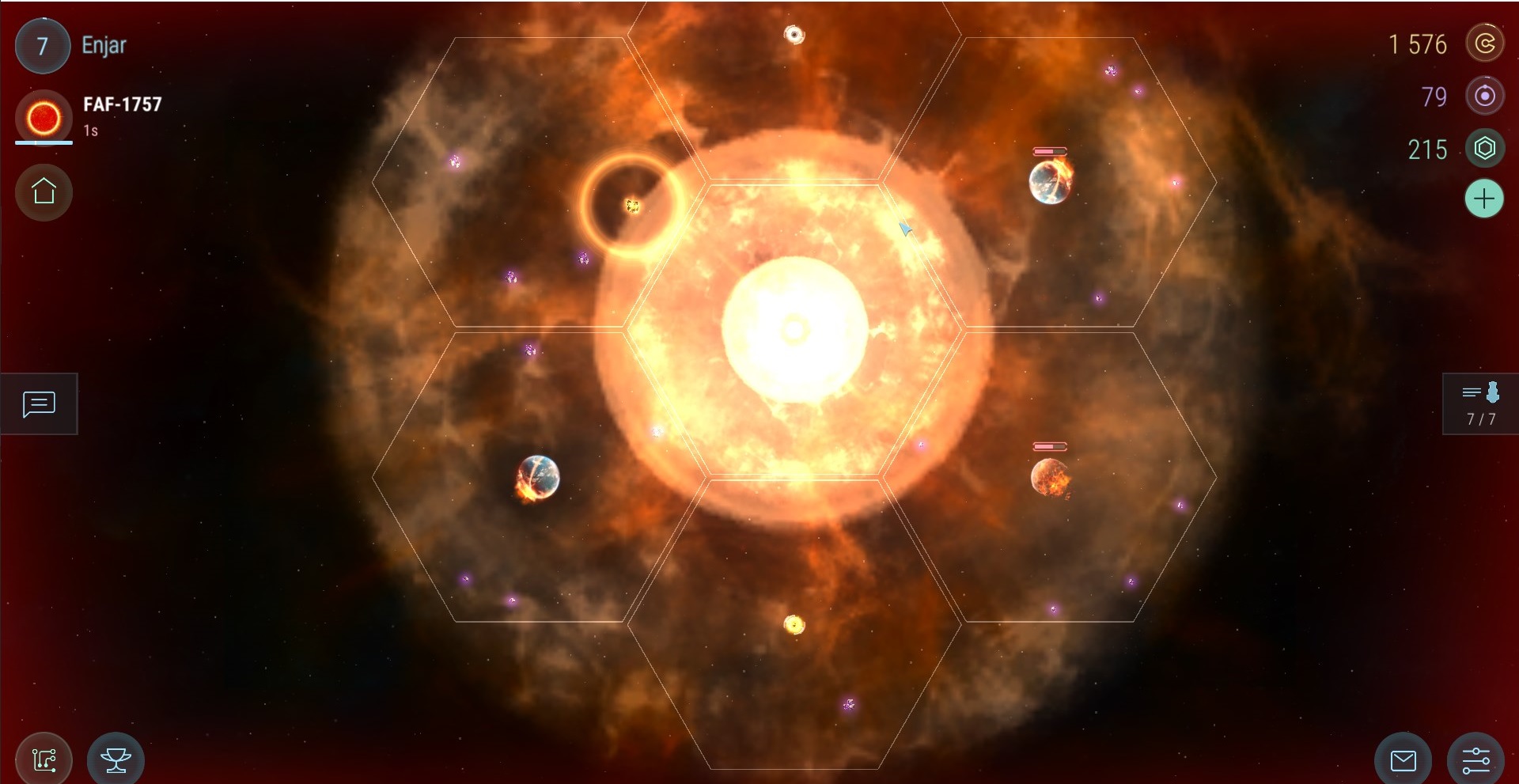
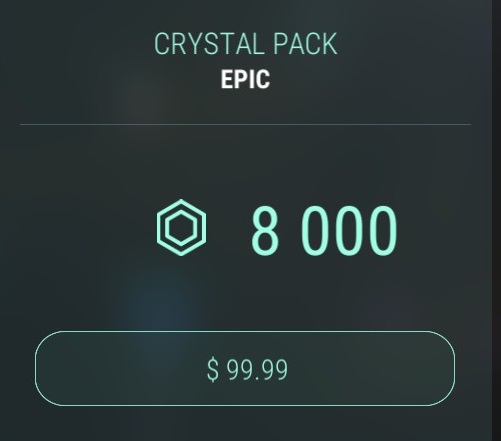
The game does allow you to buy crystals which you can also earn when you are playing the game as well. With crystals, you can buy percentage refills of your hydrogen, credits or use them to speed up building or research times.
The higher you raise your hydrogen and credit caps from leveling planets the more you will get out of each boost when you spend crystals on them. I only spent crystals I had earned while playing the game once during an emergency I found myself in. I had sent my ships into a red star and I did not have enough hydrogen to finish. Not the best use of crystals I’m just glad I had the option to. Didn’t want to lose an entire fleet of ships.
What you can’t buy as far as I’m aware are special ships or modules from the shop itself. Sure you can pay to speed up research and buy the needed credits for purchasing a battleship or upgrade its weapons. You still however need to play the game and gather things like artifacts like everything else. You just are rushing faster towards harder content. In which case, I hope that the spender understands what they are doing or they will lose a lot of ships and pay quite a high price to learn.
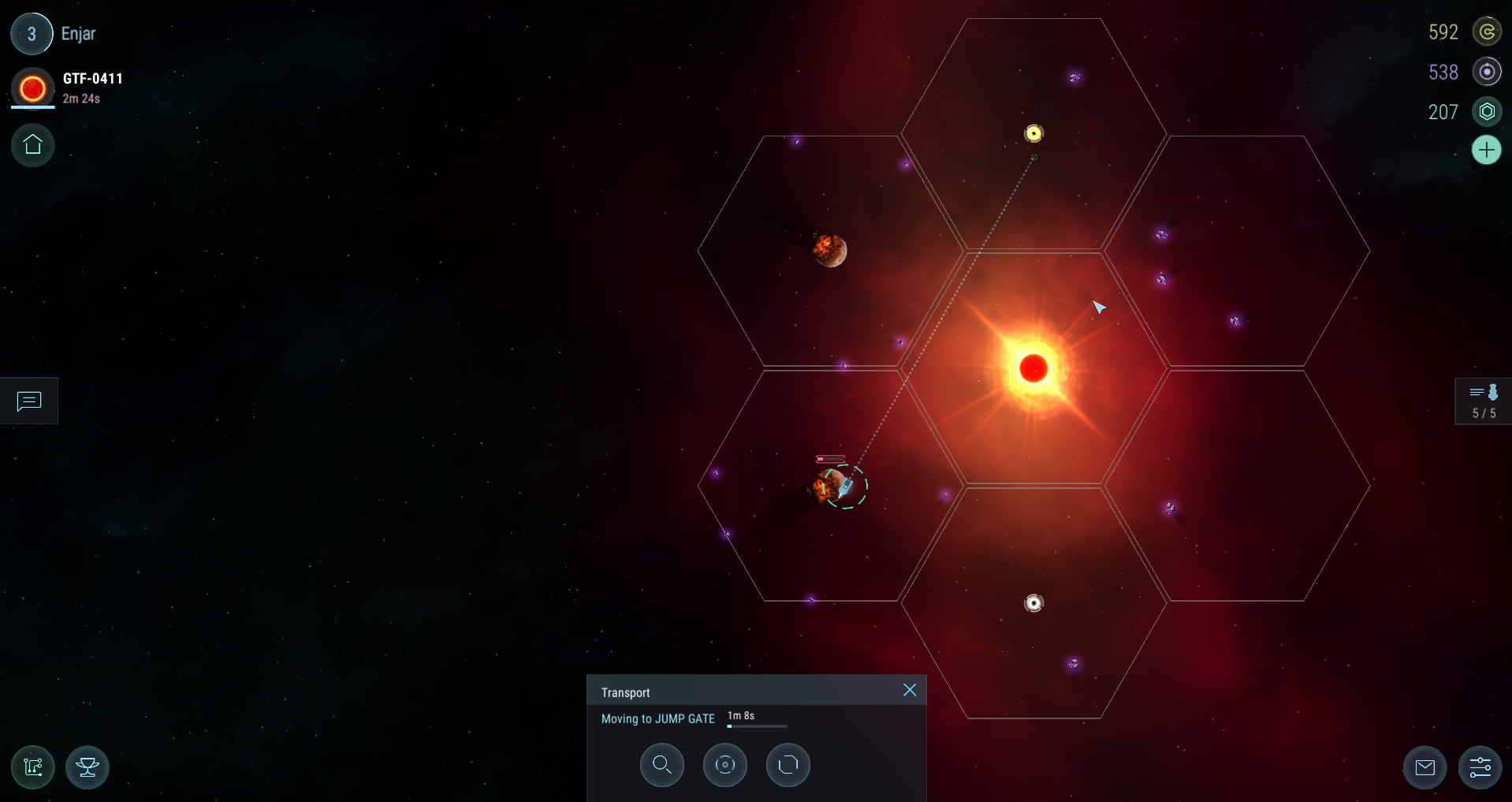
This was a nice casual game to play from time to time. I usually logged into it once or twice a day to run my transporter ships around collecting and turning in cargo while I was doing something else at the computer. As a result, my runs did take a lot longer than they would if I was just focusing on them.
In the end, I managed to rack up over 100 hours of in-game time in this one. While a lot of that was due to me just leaving the game open to move a ship around once in a while. This game can be a bit time consuming with you play hours a day to stay on top of everything and get the most out of it. After a while, I got bored and wanted to move onto a different game. For it being free to play it was fun for a while and played into my desire to do something in the most efficient manner I could for the best results like working out a trading route for moving goods around.
Screenshots were taken and content was written by @Enjar. Screenshots are from Hade’s Star.

